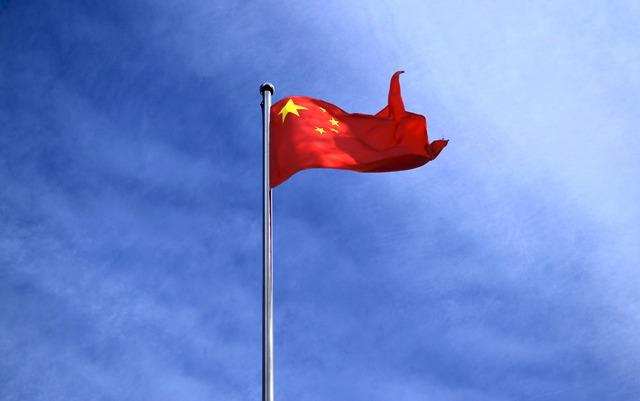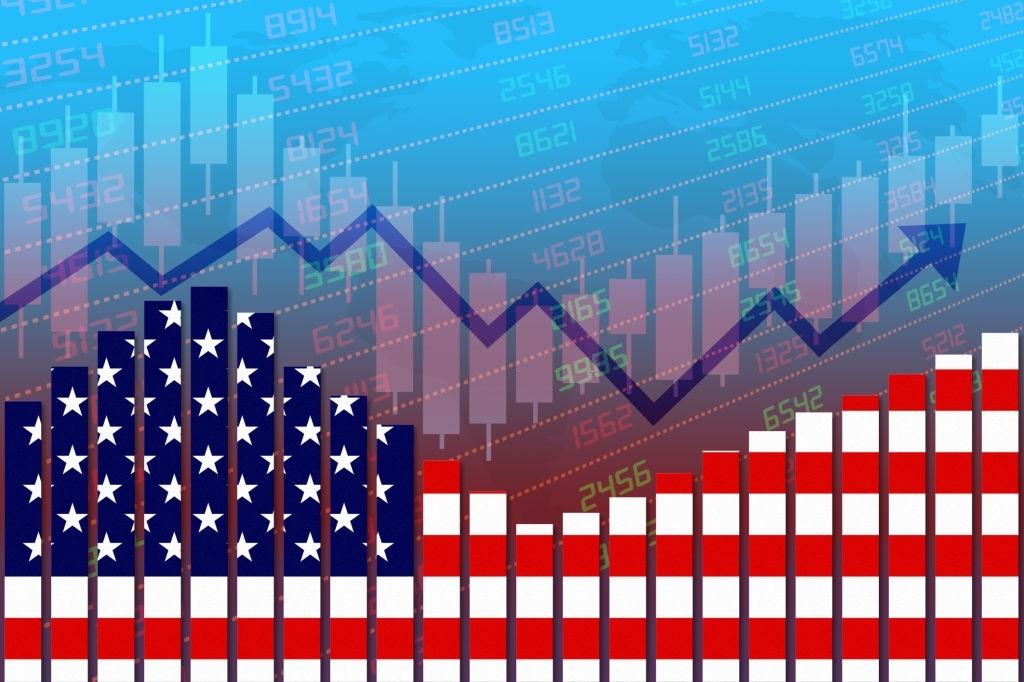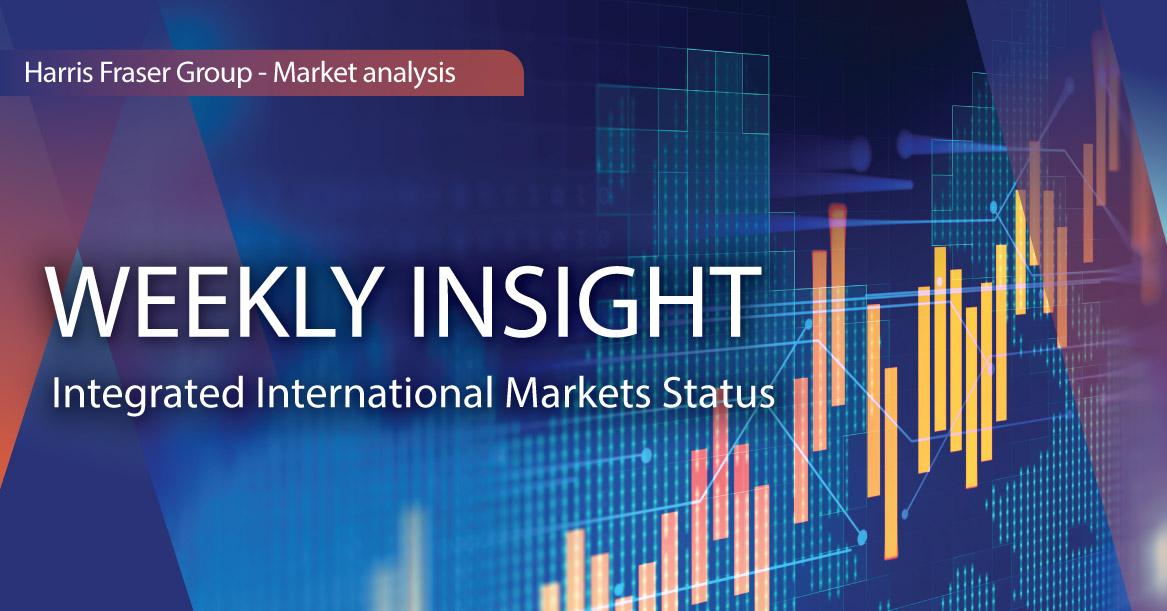Property Listing
One Casson Square
The South Bank has a long-standing reputation as the heart of London’s cultural scene and Southbank Place is set to take pride of place in this exciting and dynamic hub. Overlooking the London Eye and the Houses of Parliament, and surrounded by world-class arts venues such as the National Theatre, the Royal Festival Hall and the BFI film centre, Southbank Place will celebrate the rich history and heritage of its surroundings.
Nearby Places of Interest
-
School
-
King's College London - Waterloo Campus5

-
King's College London14

-
DLD College London5

-
University of London12

-
London South Bank University18

-
-
Transport
-
Tube station - Waterloo1

-
Bus stop1

-
-
Lifestyle
-
Jubilee Park>1

-
London Eye2

-
National Theatre4

-
Sea Life Centre London Aquarium3

-
Westminster Abbey17

-
-
Shopping
-
Bond Street15

-
Oxford Circus20

-
-
Business
-
Bank Station15

-
Canary Wharf20

-
Inspections
Contact us to arrange an inspection.









